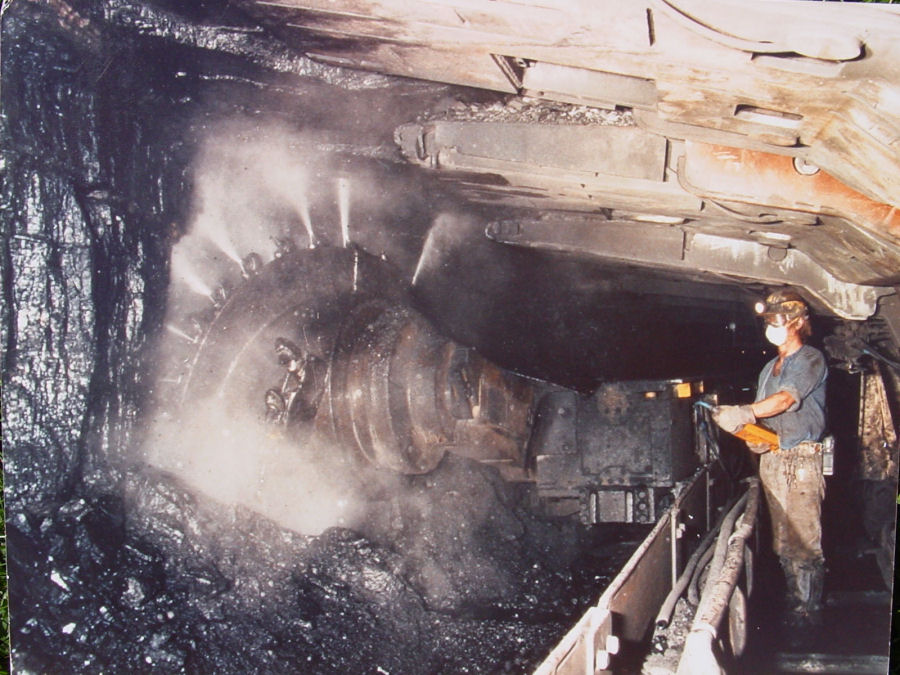Safety report finds fatal cycle
 A new report shines a spotlight on mining safety in Queensland.
A new report shines a spotlight on mining safety in Queensland.
The report by the Department of Natural Resources, Mines and Energy’s Dr Sean Brady includes a detailed analysis of the fatalities, serious accidents and high potential incidents that have occurred in the Queensland mining and quarrying industries over the past 20 years.
It shows that the majority of workplace fatalities in Queensland’s mining industry over the past two decades were a combination of failure of controls, a lack of training, and absent or inadequate supervision.
The report includes 11 recommendations, the first of which is for the mining industry to recognise that it has a ‘fatality cycle’.
“Unless it makes significant changes to how it operates, the rate of fatalities is likely to continue at current levels,” the report said.
The cyclical pattern is characterised by periods where a significant number of fatalities occur, followed by periods where there are few to none.
“This suggests that the industry goes through periods of increasing and decreasing vigilance,” the report said.
“Past behaviour suggests that in the order of 12 fatalities are likely to occur over any five-year period.
“If the industry continues to take a similar approach to safety, using the same philosophies and methodologies adopted over the past 19.5 years, then similar safety outcomes are to be expected.”
The alternative frame of reference suggests that the periods with few to no fatalities are actually just part of the fatality cycle, not evidence of the industry becoming safer.
The report says further fatalities should be expected unless the cycle can be interrupted.
“This may appear a bleak prediction, but this cycle has proven surprisingly resilient over the past 19.5 years,” it said.
“The 6 fatalities that occurred between July 2018 and July 2019 have been described by some in the industry, media and politics as evidence of an industry in crisis, but a bleaker assessment is that this is an industry resetting itself to its normal fatality rate.”
The review also found that a major stumbling block to reducing the number of fatalities is how the mining industry views itself.
“Mining is a hazardous industry, but that doesn’t mean that workers and their families must continue to suffer the consequences of these hazards,” the report found.
A good example is found in the airline industry – where the general public expect air travel to be safe, despite it having significant hazards.
By contrast, the report says that the mining industry and the general public appear to expect mining to be dangerous.
“This fatalism may be the biggest stumbling block to preventing the industry taking the next step,” the report said.







 Print
Print